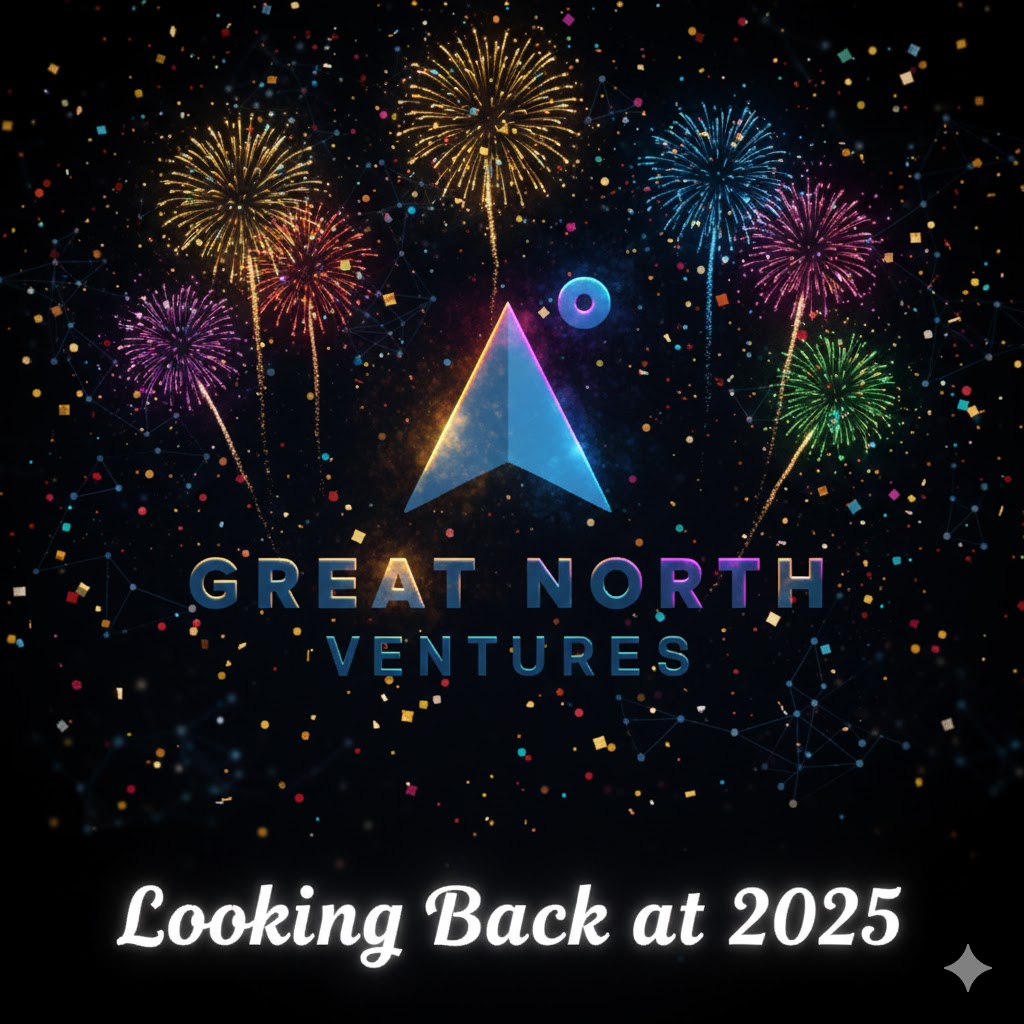The following is the first guest post in a series authored by Victoria Schanen, founder of Ghrow.io, a consulting services firm specializing in fractional human resources and recruiting leadership for startups. We’ve enjoyed our conversations with her and are pleased to share this series of guest posts with you. Prior to launching Ghrow, Victoria served as an HR executive in three separate SaaS startup companies based in Minnesota. She speaks and presents at startup events such as MinneBar, Twin Cities Startup Week, and Enterprise Rising and performs comedy improv in her free time.
Startups are lean operations with tight budgets and, for good reason, staff up in two areas first: technology and sales. A dedicated human resources team member doesn’t make it into the picture until much later and so the function is often cobbled together and minimally (or barely) viable. In this three-part blog series, I’ll endeavor to demystify startup HR by unpacking common pitfalls and offering helpful redirects.
Mission, Vision, and Values
Creating a foundation for startup employees to be successful begins with aligning people to the company’s mission, vision, and values. Employees look for purpose in their work, which stems from the purpose of the organization. A well articulated mission, vision, and core values provide not only a shared purpose for employees to rally around but serve as a guidepost in company operations – helping inform anything from processes and practices to traditions and shared experiences.
The first step is setting aside time to create the mission, vision, and values – either independently or with the help of an outside consultant. Oftentimes, and understandably, this alone is incredibly daunting. For the startups who pull through and produce the mission, vision, and values, a common outcome is that they’re published on the website, spoken about once or twice, but largely forgotten. This is especially true for the core values.
A founder’s challenge, should they choose to accept, is to actually breathe life into the values. Thankfully, the work can and should be shared as it definitely “takes a village” to get momentum. To get started, here are some ideas:
- Use core values in discussions around important decisions
- When announcing company wins, tie them to any applicable core values
- Include core values in the decks for recurring meetings (ex. cover slide or end slide)
- Highlight core values in job postings and use core values interview questions
- Use core values as a portion of your performance reviews and use them to guide promotion decisions
- When recognizing employees, tie in any applicable core values; use core values hashtags or custom emojis in Slack (employees love creating and using emojis!)
- Give out core values awards at the end of the year to employees who exemplify them
- Share and discuss articles from business publications (ex. Harvard Business Review) that tie to or show thought leadership around values
Tying operational practices back to the core values helps employees feel invested in the company and, by extension, their jobs. When employees are invested, they’re not only more productive but more loyal. The market for talent is tight and when (not if) your employee is approached for another opportunity, it’s in your best interest that they are fully engaged.
The True Test
The above recipe is one I whole-heartedly stand by, but with one caveat. Your core values can quickly, unexpectedly, be redefined as and reduced to the worst behavior your company tolerates. Oftentimes there is an incredibly smart, valuable team member who simply refuses to “drink the Kool-Aid” as it is perceived. Talk to this employee, point out the issue or case in point, and see if changed behavior is feasible. If not, either the values or the employee will have to go – you can’t have both and retain the integrity of the core values.
Company Narrative
An outgrowth of mission, vision, and values is the company narrative – the collective sense of what is going on, who we are, and employee morale. The narrative is of course created by the founder and leadership team, but it becomes the story employees tell themselves and each other. Keeping a positive narrative on track is important and often tricky.
Having regular shared experiences helps keep the narrative consistent. Most startups have plenty of team meetings, lending itself to co-workers sharing the same narrative. That said, co-workers from another team might have a very different narrative. If left alone, this creates a disjointed narrative and can cause strife. Establishing shared, company-wide experiences helps.
Narrative sustaining ideas:
- All Hands meetings on a regular cadence (weekly, monthly, etc.) with recurring segments
- Weekly recap emails from leadership (same or rotating leader sending)
- Lunch and Learn sessions, led by anyone with specialty knowledge
- Recreational events and volunteering
- Kickoff or year-end meeting, in-person
- Annual traditions (summer BBQ, holiday party)
The Path Ahead
Mission, Vision, and Values are a part of the foundation but obviously there is so much more that goes into a successful employee journey. Stay tuned for the next edition of Demystifying Startup HR when we’ll unpack topics around leadership and management.
To see the next post in our series, go here.







